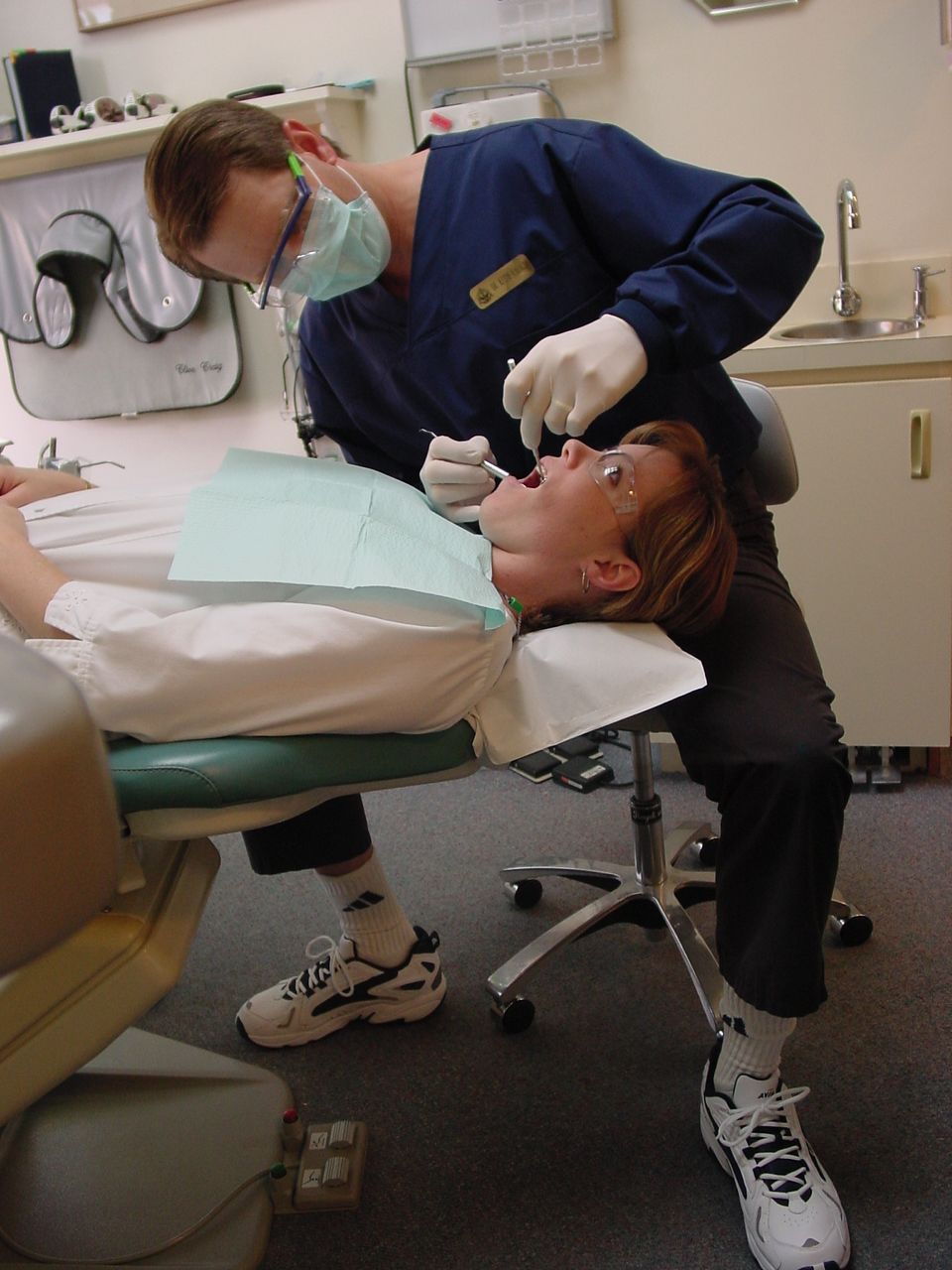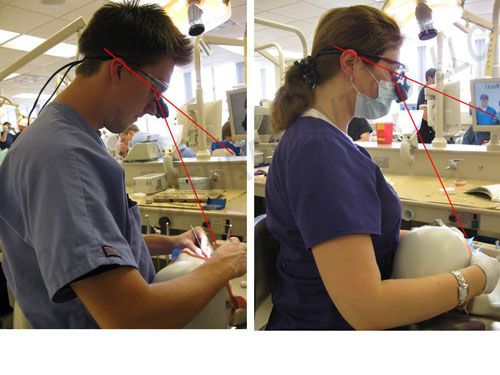3 ergonomic mistakes that could end your dental career
Two out of three dental professionals report occupational pain - pain that if left unaddressed could progress to an injury or career-ending disability. From my 15 years of providing ergonomic consultations in dentistry, I can safely say that the following three ergonomic mistakes are among the primary reasons I see many dentists and hygienists develop debilitating pain syndromes and/or retire early.

I hear it far too often … “Why didn’t I learn this in dental school?” or “Why didn’t my dental rep show me how to properly adjust this?” After sustaining an injury and then learning the ergonomic intervention that could have prevented it, dentists and hygienists are often left bewildered and angry.
Two out of three dental professionals report occupational pain - pain that if left unaddressed could progress to an injury or career-ending disability. From my 15 years of providing ergonomic consultations in dentistry, I can safely say that the following three ergonomic mistakes are among the primary reasons I see many dentists and hygienists develop debilitating pain syndromes and/or retire early.
1. Working in the 10 o’clock position
Your clock position, in relation to the patient, can make or break your career. I repeatedly observe that dentists and hygienists who deliver a majority of their care from the 10 o’clock position have more musculoskeletal disorders - often more so in the left shoulder, arm, and hand. The reasons are simple: When you work in the 10 o’clock position, your arms are lifting over the patient’s chest or across his or her forehead. Due to poor proximity, you lean to one side to visualize the oral cavity and, finally, you position your knees under the backrest, which can also cause you to work with arms lifted away from the sides (Figure 1).

(Figure 1, left) Operators who deliver a majority of their treatment from the 10 o’clock position tend to have more musculoskeletal pain.
The 12 o’clock position enables the most neutral operator posture, as the arms are not elevated to the sides and you can easily straddle the patient’s head. So why do many clinicians never use the 12 o’clock position? It’s usually due to limited space to access. An easy solution is to rotate the patient chair counter-clockwise and/or move the patient chair toward an electrical box/plug to create easier access to the 12 o’clock position. To help ensure your career longevity, ensure that approximately 70 percent of your treatment is delivered from the 11-12 o’clock position.
For more information, watch this video on OPERATOR POSITIONING on the author's Posturedontics Website
2. TTL loupes with poor declination angle
The best-selling dental loupes on the market are through-the-lens (TTL) loupes. Compared with flip-up loupes, they are more “stylish,” offer a slightly larger field of view, and are lighter weight than some flip-ups. However, most TTLs do not have a steep enough declination angle to keep the operator in a safe head posture.
Studies show that one of the greatest contributing factors to neck pain is forward head postures greater than 20 degrees. Unfortunately, due to suboptimal declination angles, (25 to 35 degrees), most TTL loupes do not keep the dental operator’s head within a safe working posture of less than 20 degrees forward.
The worst head postures I repeatedly measure are on dentists using long barrel (high magnification) scopes mounted in through-the-lens frames (Figure 2, left). It is extremely difficult for manufacturers to achieve even a fair degree of declination angle with this combination. Furthermore, the heavy weight of the long barrel exponentially increases the forces on the cervical spine when combined with poor declination angle - a potent combination for neck pain and dysfunction. From a purely ergonomic standpoint, long barrel scopes are best mounted in a flip-up style loupe (Figure 2, right).

(Figure 2, left) The most unsafe head postures observed are with long barrel scopes mounted in TTL frames. (Right) Vertically adjustable flip-up loupes enable the safest head postures.
What I have found is that only one style of loupe consistently keeps all operators within a safe head posture of less than 20 degrees forward. This style is a vertically adjustable flip-up loupe. The reason is that in order to optimize a steep declination angle, your scopes must sit significantly lowerthan your pupil. Weight is no longer an issue with flip-ups, as there are ultra-lightweight flip-up loupes on the market today that rival the weight of through-the-lens loupes.
Note: Four flip-up loupes with vertical adjustability on the market that meet these ergonomic criteria are reviewed at posturedontics.com.
3. Sitting too low

Many dentists and hygienists were taught in school to sit with thighs parallel to the floor. This paradigm for seated work has been widely accepted for generations and may be due, in part, to the design of early operator chairs, which featured flat, non-adjustable seat design. When you sit with your thighs parallel to the floor on a flat seat pan, it causes your pelvis to roll backward and flatten the low back curve (Figure 3). Research shows that this flattening of the lumbar curve has detrimental effects upon both the spinal musculature and discs. Unfortunately, you cannot adjust a stool with a non-tilting seat pan higher, as it will cause compression at the back of the thighs.
(Figure 3, left) Sitting too low places unsafe forces on the lumbar spine
Research, therefore, supports the concept of positioning your hips higher than knees, allowing for the thighs sloping more steeply downward. One study found that the higher you adjust your operator stool, the more it helps you maintain your lumbar curve. This, in turn, helps decrease muscle strain, reduce disc pressure, and helps prevent low back pain.
Author's Note: To receive a free article, “6 Keys to Wellness in Dentistry: Essential Steps to Improve your Musculoskeletal Health,” please e-mail info@posturedontics.com.
Oral Health Pavilion at HLTH 2024 Highlighted Links Between Dental and General Health
November 4th 2024At HLTH 2024, CareQuest, Colgate-Palmolive, Henry Schein, and PDS Health launched an Oral Health Pavilion to showcase how integrating oral and general health can improve patient outcomes and reduce costs.
Episode 31: Dentsply Sirona Implant Announcements
September 30th 2021DPR’s Editorial Director Noah Levine sat down with Gene Dorff, Dentsply Sirona’s group vice president of implants and Dr. Dan Butterman to review several big announcements the company made in the arena of implants during Dentsply Sirona World 2021 in Las Vegas.